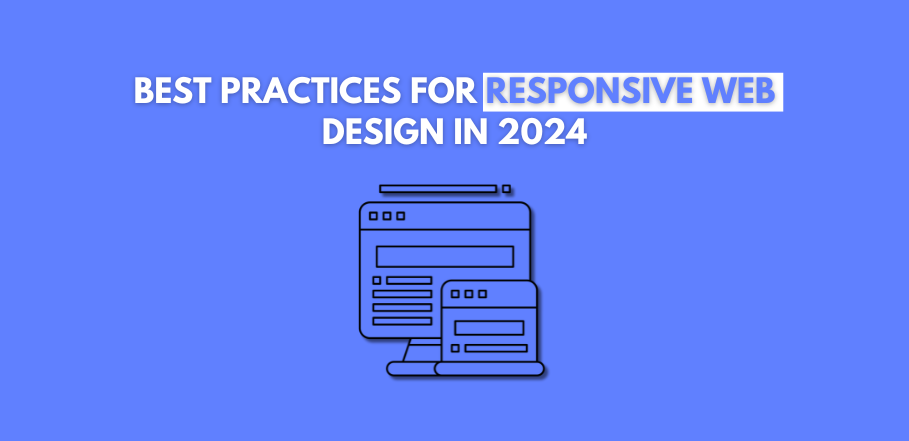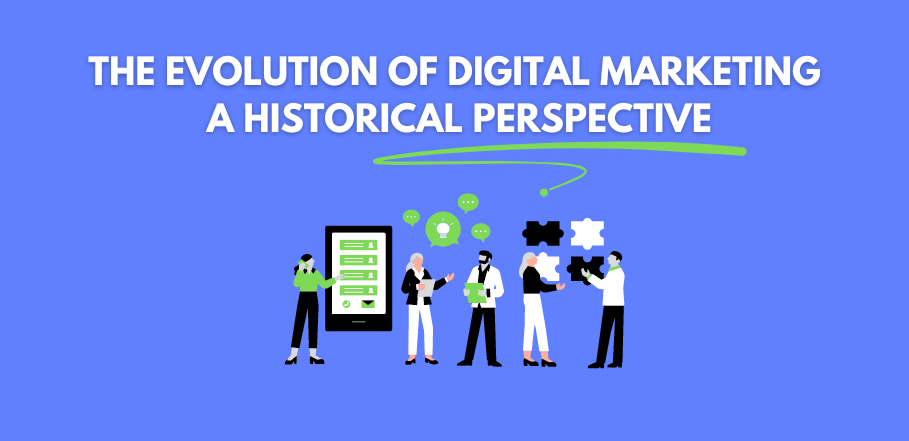
A Detailed Brief of E-Commerce
E-commerce, short for electronic commerce, has revolutionized the way businesses operate and how consumers shop. From small startups to large corporations, e-commerce offers vast opportunities for growth and innovation. This detailed brief explores the essentials of e-commerce, its benefits, key components, and best practices for success.
1. What is E-Commerce?
E-commerce refers to the buying and selling of goods and services over the Internet. It encompasses a wide range of online business activities, including retail, wholesale, drop shipping, crowdfunding, subscriptions, and digital products.
2. Why is E-Commerce Important?
E-commerce is crucial for several reasons:
- Global Reach: Allows businesses to reach a global audience, breaking geographical barriers.
- Convenience: Offers customers the convenience of shopping anytime, anywhere.
- Cost-Effective: Reduces operational costs compared to traditional brick-and-mortar stores.
- Scalability: Easily scalable to accommodate business growth and seasonal fluctuations.
- Data-Driven: Provides valuable insights through data analytics to enhance customer experience and marketing strategies.
3. Key Components of E-Commerce
E-commerce involves several key components, including:
Online Storefront
The online storefront is the digital equivalent of a physical store, where customers can browse and purchase products.
- Website Design: A user-friendly and aesthetically pleasing design to attract and retain customers.
- Product Listings: Detailed descriptions, high-quality images, and customer reviews for each product.
Shopping Cart and Checkout
The shopping cart allows customers to select products and proceed to checkout for payment.
- Cart Functionality: Easy addition, removal, and modification of items.
- Secure Checkout: Ensuring secure payment processing and protecting customer information.
Payment Processing
E-commerce websites must support various payment methods to cater to different customer preferences.
- Payment Gateways: Integration with payment gateways like PayPal, Stripe, and credit card processors.
- Security: Implementing encryption and security protocols to protect transaction data.
Order Management
Order management systems (OMS) track orders from placement to delivery.
- Inventory Management: Keeping track of stock levels and managing inventory efficiently.
- Order Fulfillment: Ensuring timely processing, packaging, and shipping of orders.
Customer Service
Providing excellent customer service is essential for retaining customers and building brand loyalty.
- Support Channels: Offering multiple support channels like chat, email, and phone.
- Return and Refund Policies: Clear and fair return and refund policies to enhance customer trust.
Marketing and SEO
Effective marketing and search engine optimization (SEO) strategies are crucial for driving traffic and sales.
- Digital Marketing: Utilizing email marketing, social media, and pay-per-click (PPC) advertising.
- SEO: Optimizing the website for search engines to improve visibility and organic traffic.
4. Benefits of E-Commerce
Implementing e-commerce offers numerous benefits:
- Increased Reach: Access to a global customer base, expanding market opportunities.
- Enhanced Customer Experience: Providing personalized shopping experiences through data analytics.
- Cost Savings: Lower overhead costs compared to physical stores.
- Data Insights: Gaining valuable insights into customer behavior and preferences.
- Flexibility: Offering customers flexibility in shopping and payment options.
5. Applications of E-Commerce
E-commerce is vital across various industries and applications, including:
Retail
- Online Stores: Selling a wide range of products directly to consumers.
- Marketplaces: Platforms like Amazon and eBay that connect buyers and sellers.
Wholesale
- B2B E-Commerce: Businesses selling products in bulk to other businesses through online platforms.
Digital Products
- E-Books and Software: Selling digital products like e-books, software, and online courses.
Subscription Services
- Subscription Boxes: Offering curated products delivered regularly to subscribers.
- Digital Subscriptions: Providing access to digital content like streaming services and online magazines.
Crowdfunding
- Fundraising Platforms: Platforms like Kickstarter and Indiegogo allow entrepreneurs to raise funds for their projects.
Drop Shipping
- Third-Party Fulfillment: Selling products without holding inventory, with suppliers shipping directly to customers.
6. Best Practices for E-Commerce Success
To achieve optimal results with e-commerce, follow these best practices:
- User-Centric Design: Focus on creating a user-friendly and responsive website design.
- High-Quality Content: Provide detailed product descriptions, high-quality images, and engaging content.
- SEO Optimization: Implement SEO strategies to improve search engine rankings and organic traffic.
- Secure Transactions: Ensure secure payment processing and protect customer data.
- Efficient Order Management: Optimize order fulfillment processes to ensure timely delivery.
- Effective Marketing: Utilize a mix of digital marketing strategies to drive traffic and sales.
- Customer Engagement: Engage with customers through personalized experiences and excellent customer service.
- Mobile Optimization: Ensure the website is mobile-friendly to cater to the growing number of mobile shoppers.
- Analytics and Reporting: Use analytics tools to track performance and make data-driven decisions.
7. The Future of E-Commerce
E-commerce is continually evolving, with new trends and technologies shaping its future. Key trends to watch include:
- Artificial Intelligence (AI): Leveraging AI for personalized shopping experiences and chatbots for customer support.
- Augmented Reality (AR): Using AR to enhance product visualization and virtual try-ons.
- Voice Commerce: Adapting to the rise of voice-activated shopping through smart speakers.
- Subscription-Based Models: Increasing popularity of subscription services for various products and services.
- Sustainable Shopping: Growing demand for eco-friendly and sustainable products.
- Social Commerce: Integrating e-commerce with social media platforms for seamless shopping experiences.
Conclusion
E-commerce is a dynamic and rapidly growing field that offers immense opportunities for businesses to expand their reach, increase sales, and enhance customer experiences. By understanding the key components and best practices of e-commerce, businesses can leverage these strategies to achieve their digital goals. At EZ Brand Builders, we specialize in creating tailored e-commerce solutions that align with your unique requirements, helping you build a strong, agile, and customer-centric online presence. Investing in high-quality e-commerce ensures your business remains competitive, efficient, and innovative in an ever-changing digital landscape.









